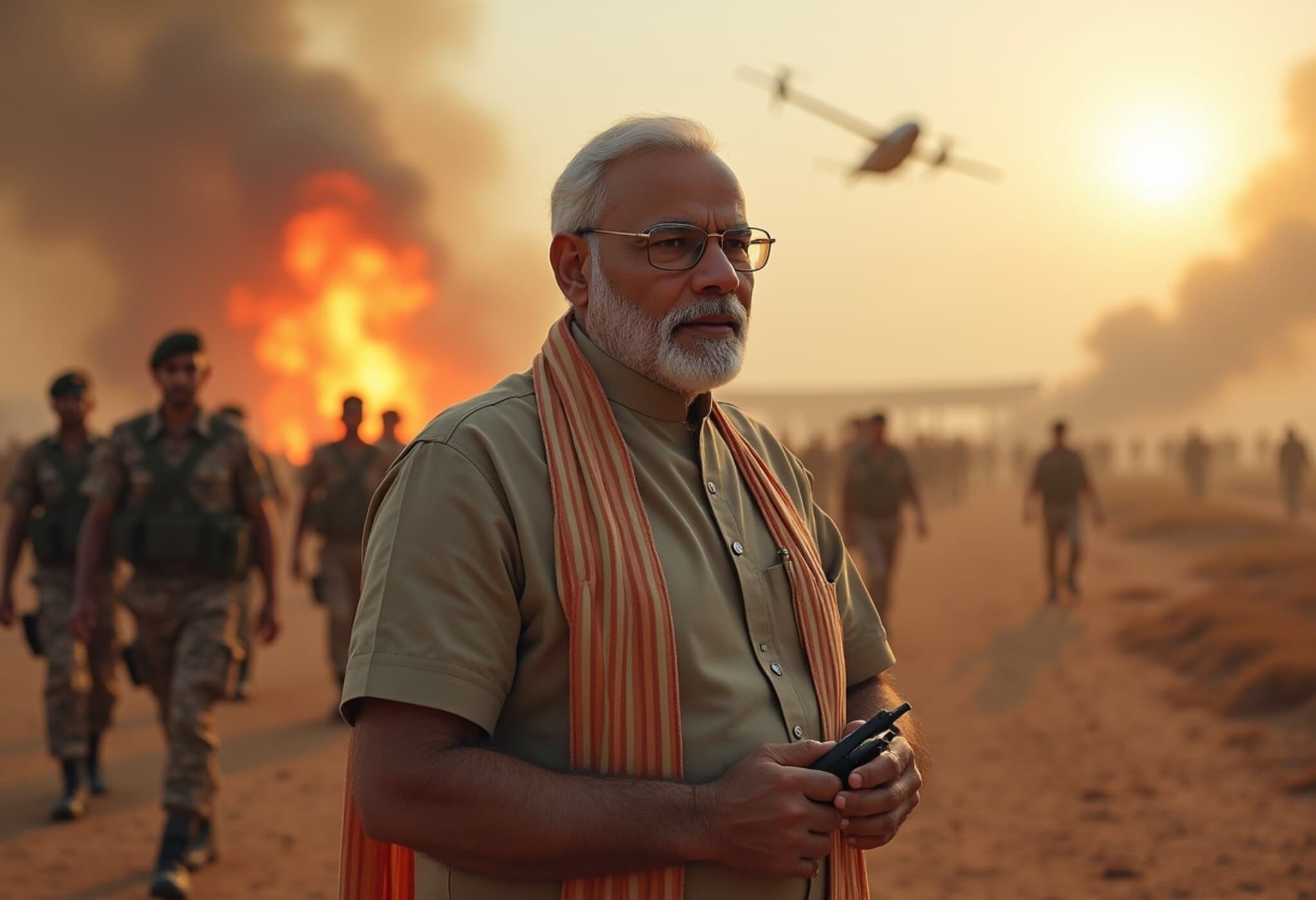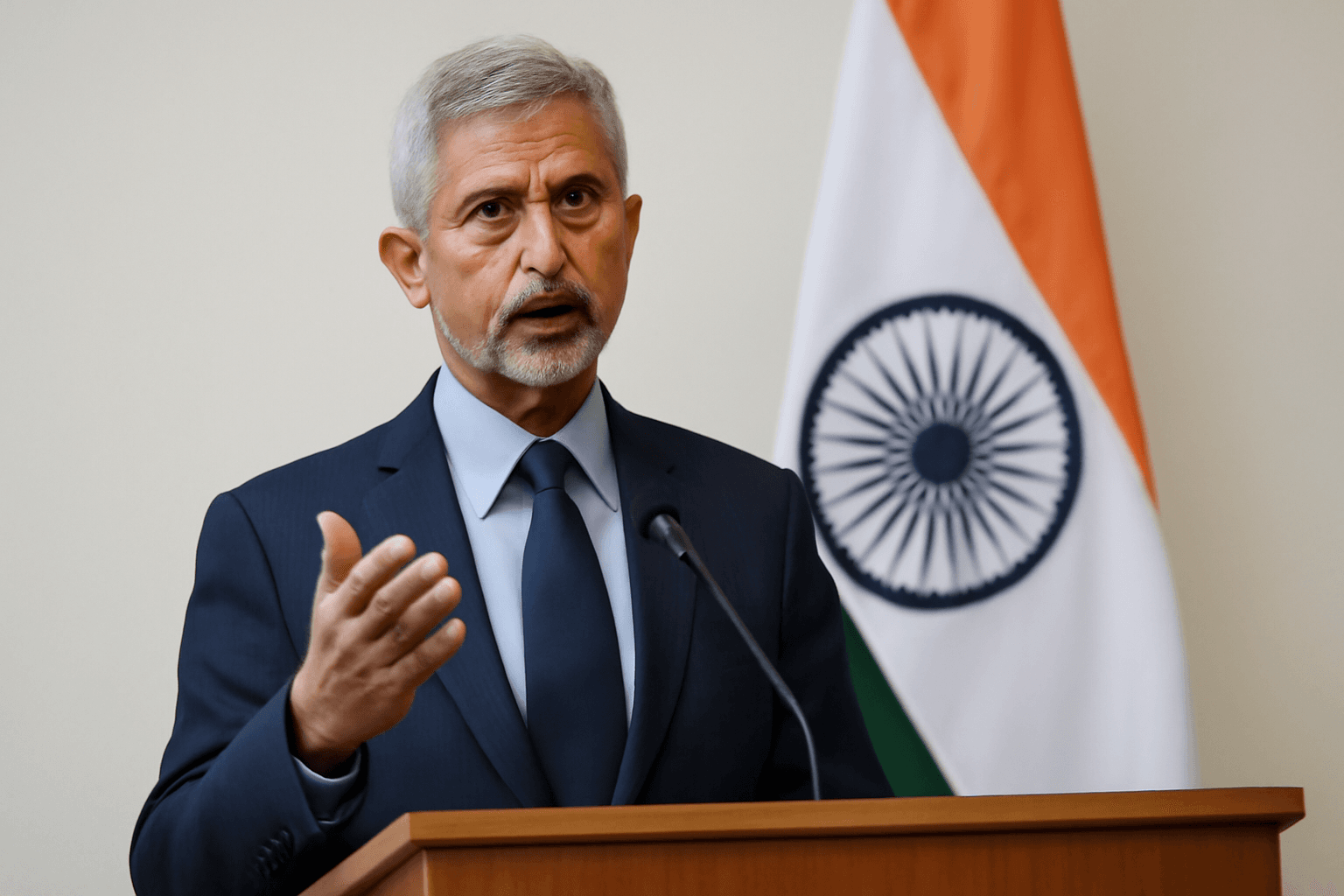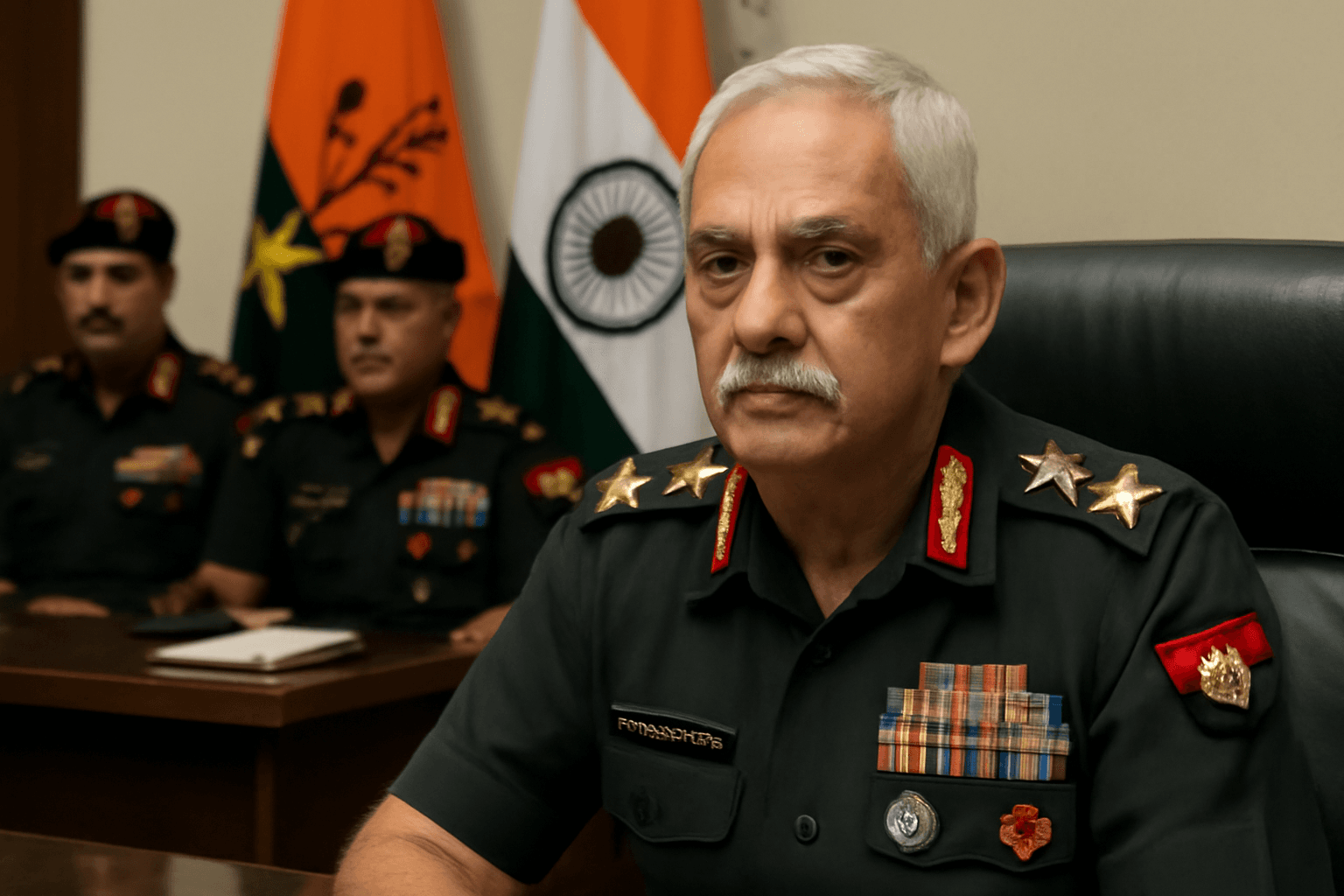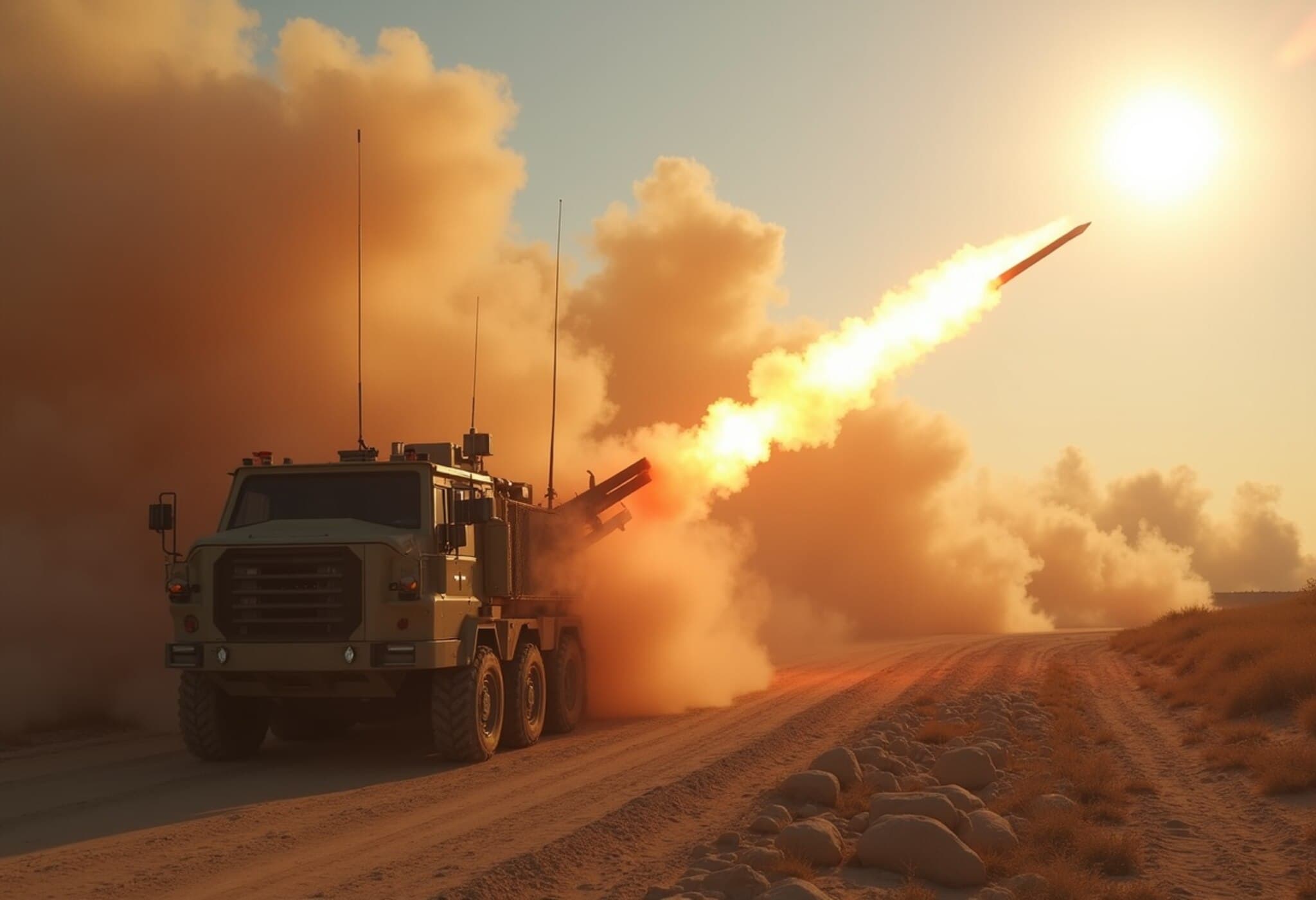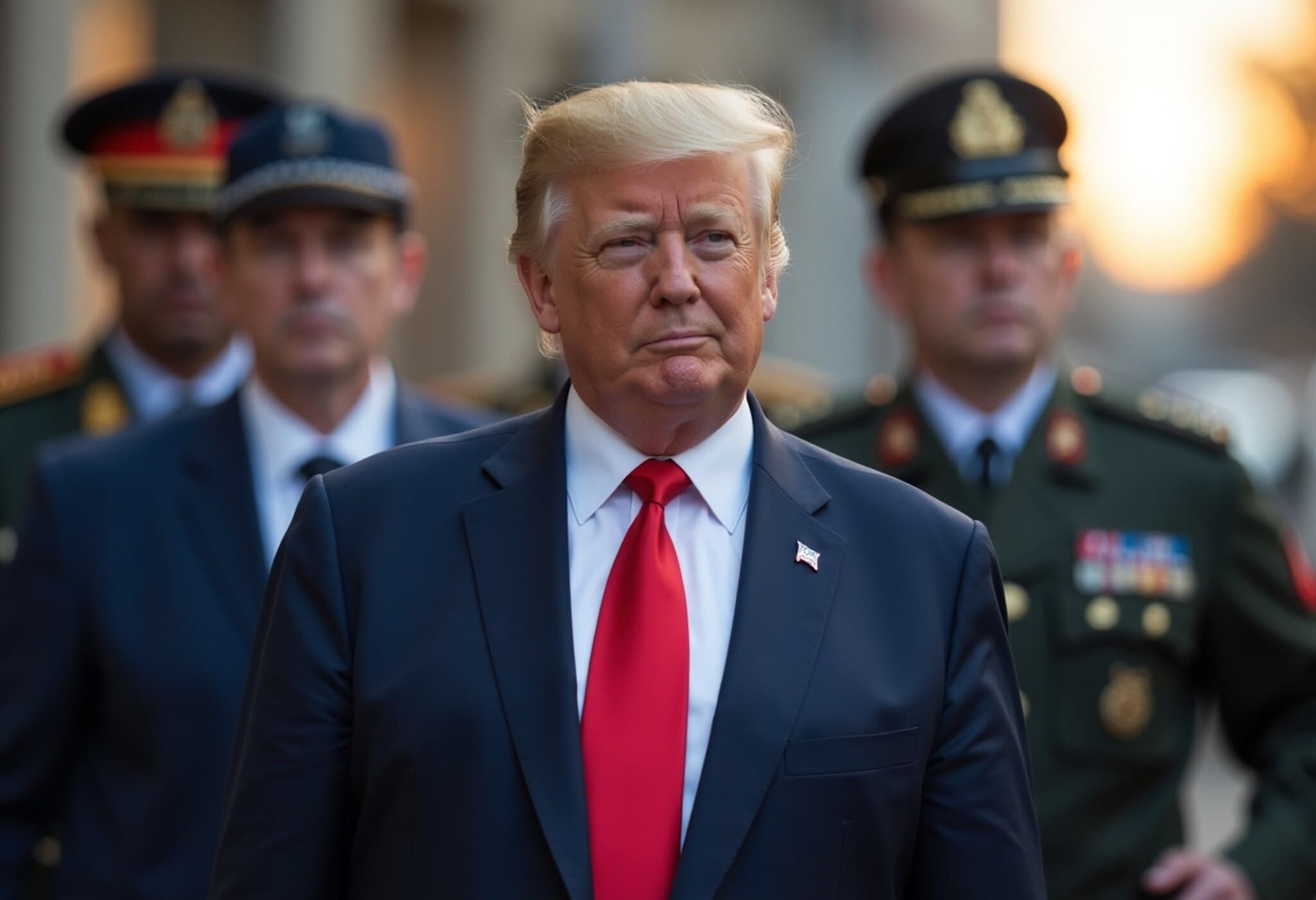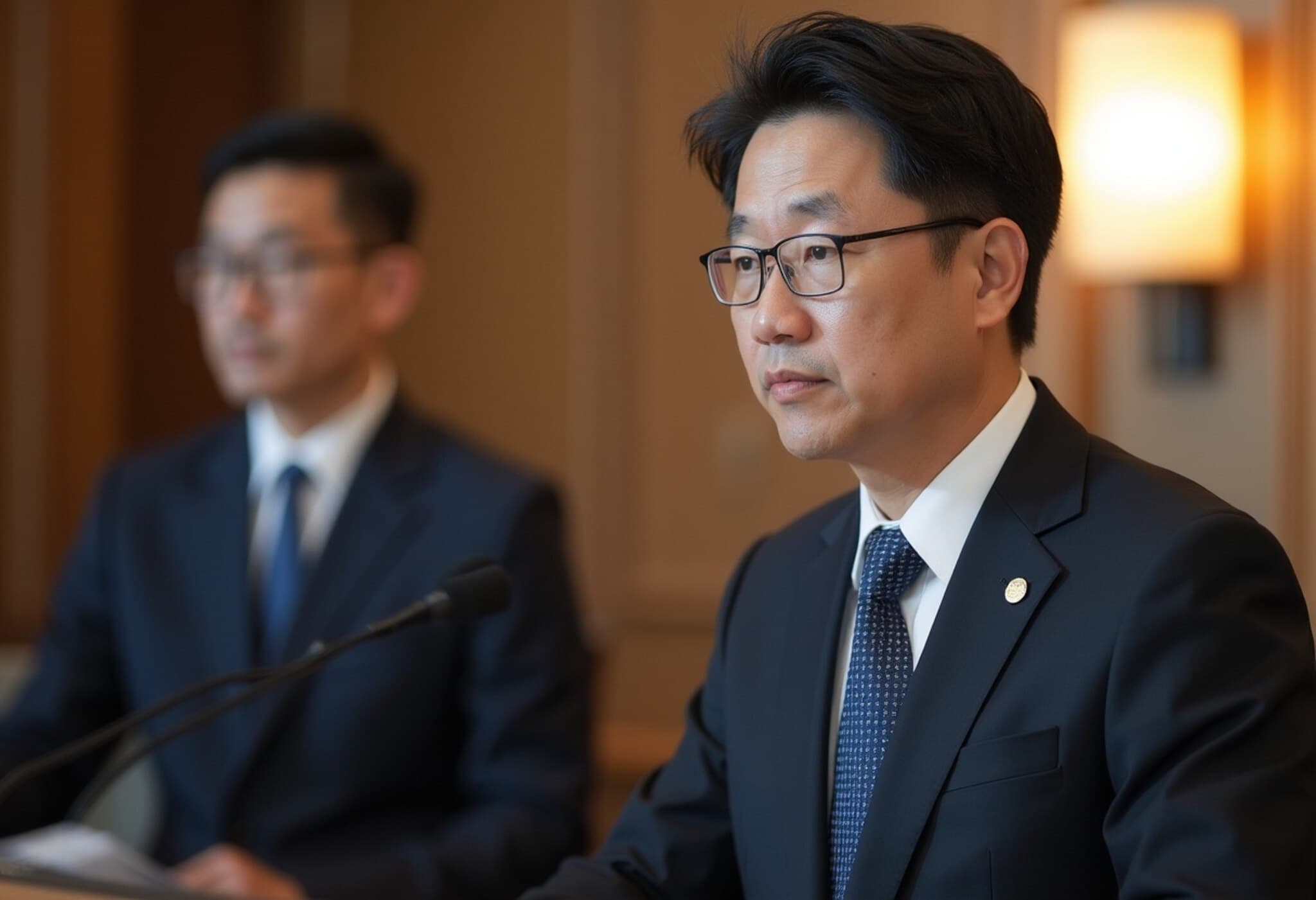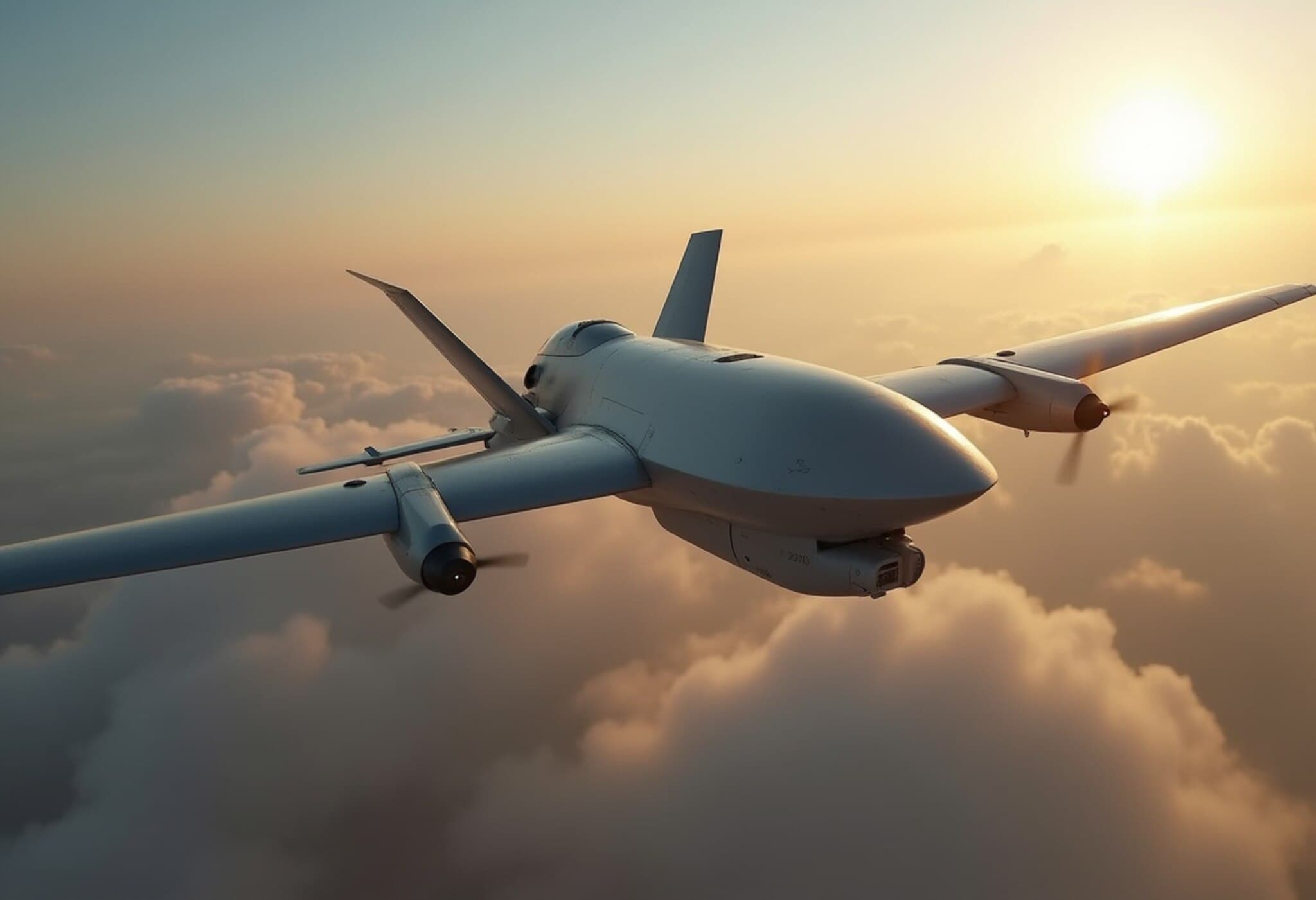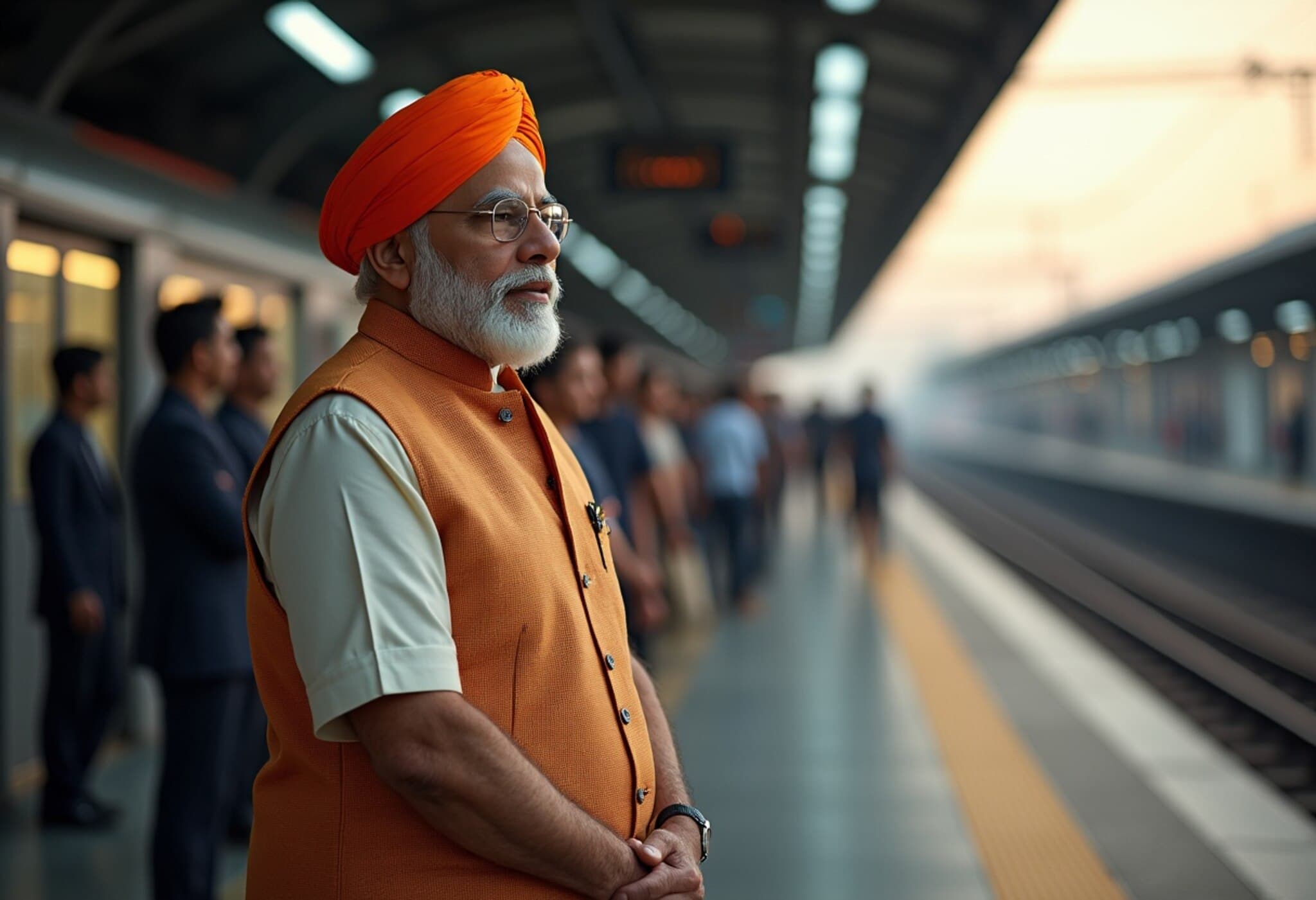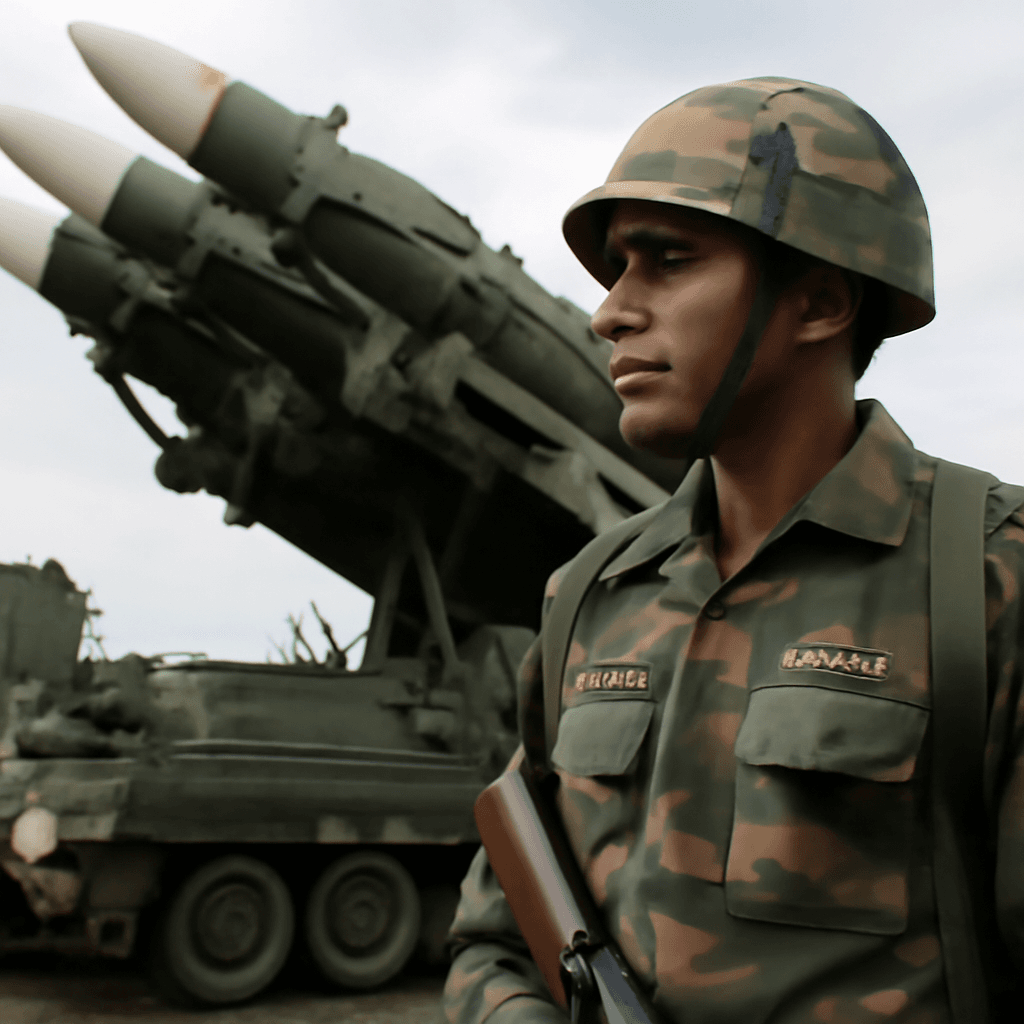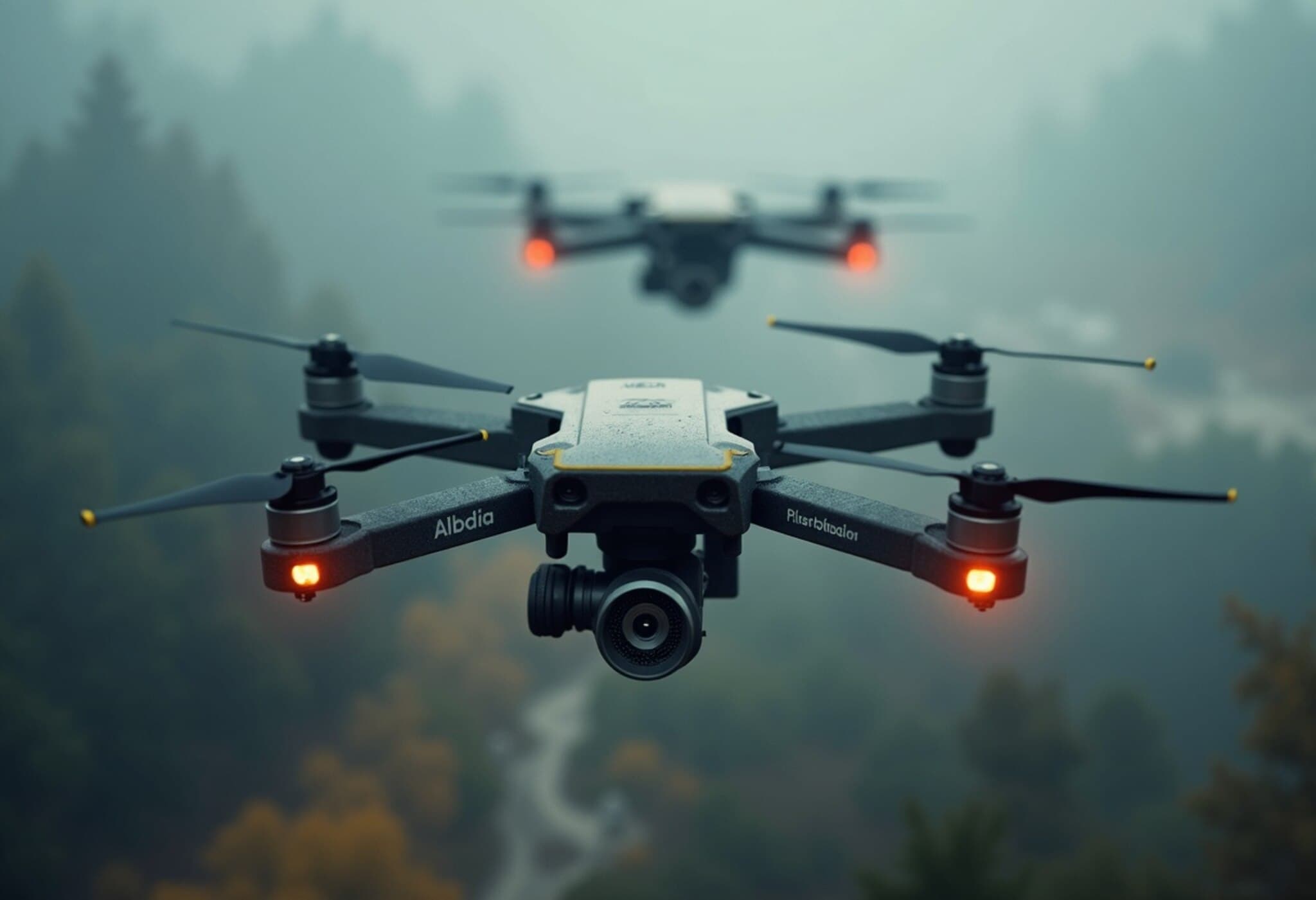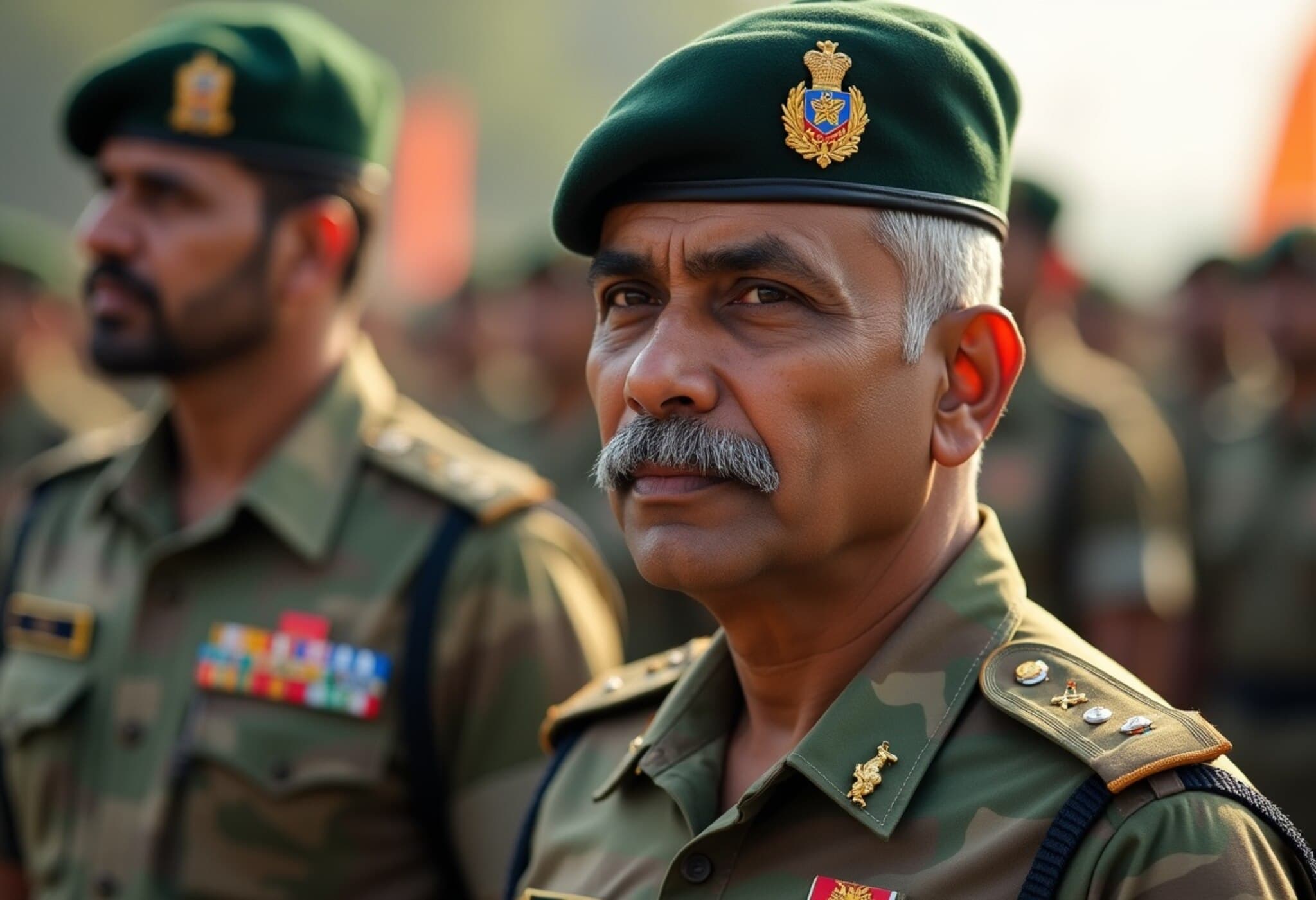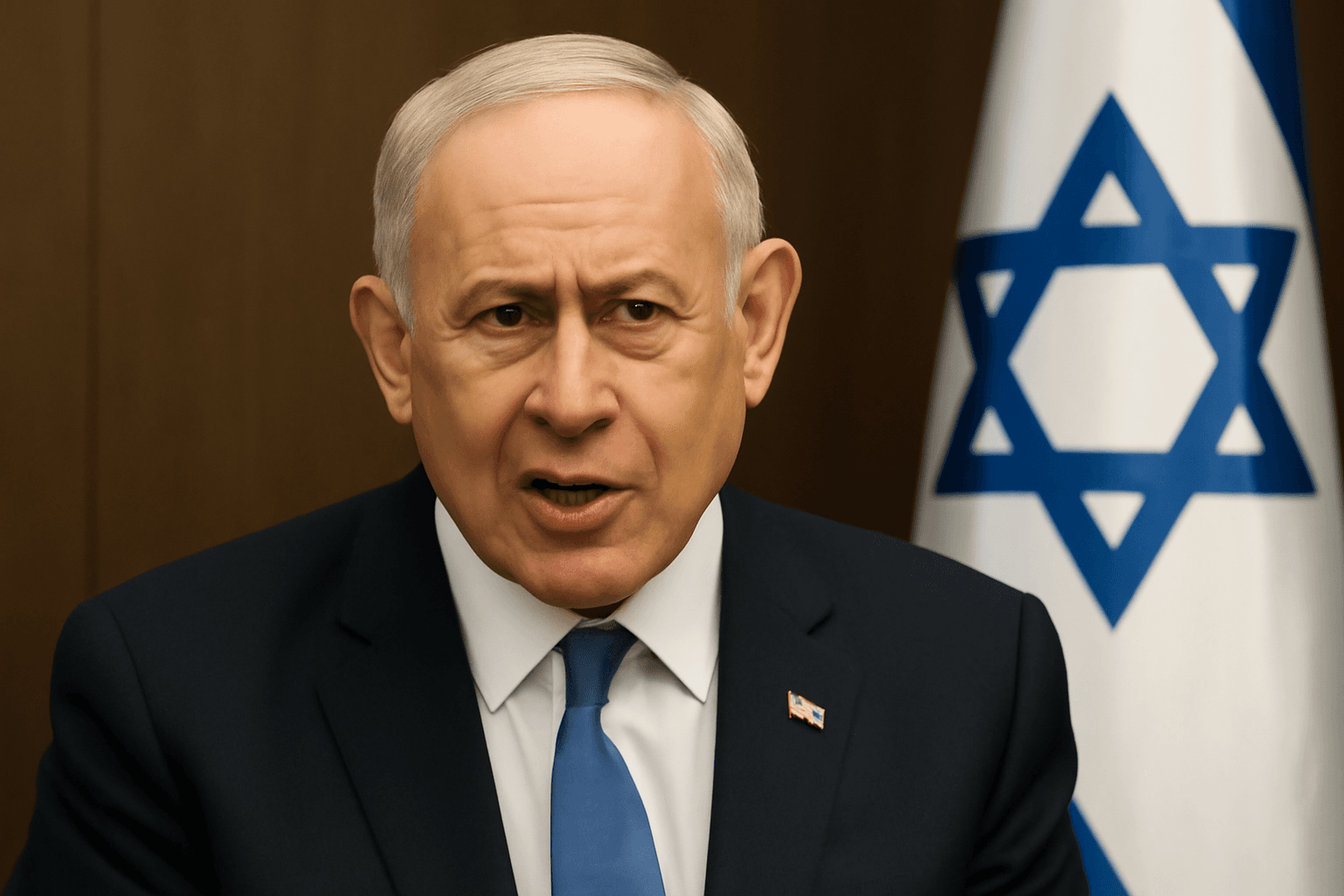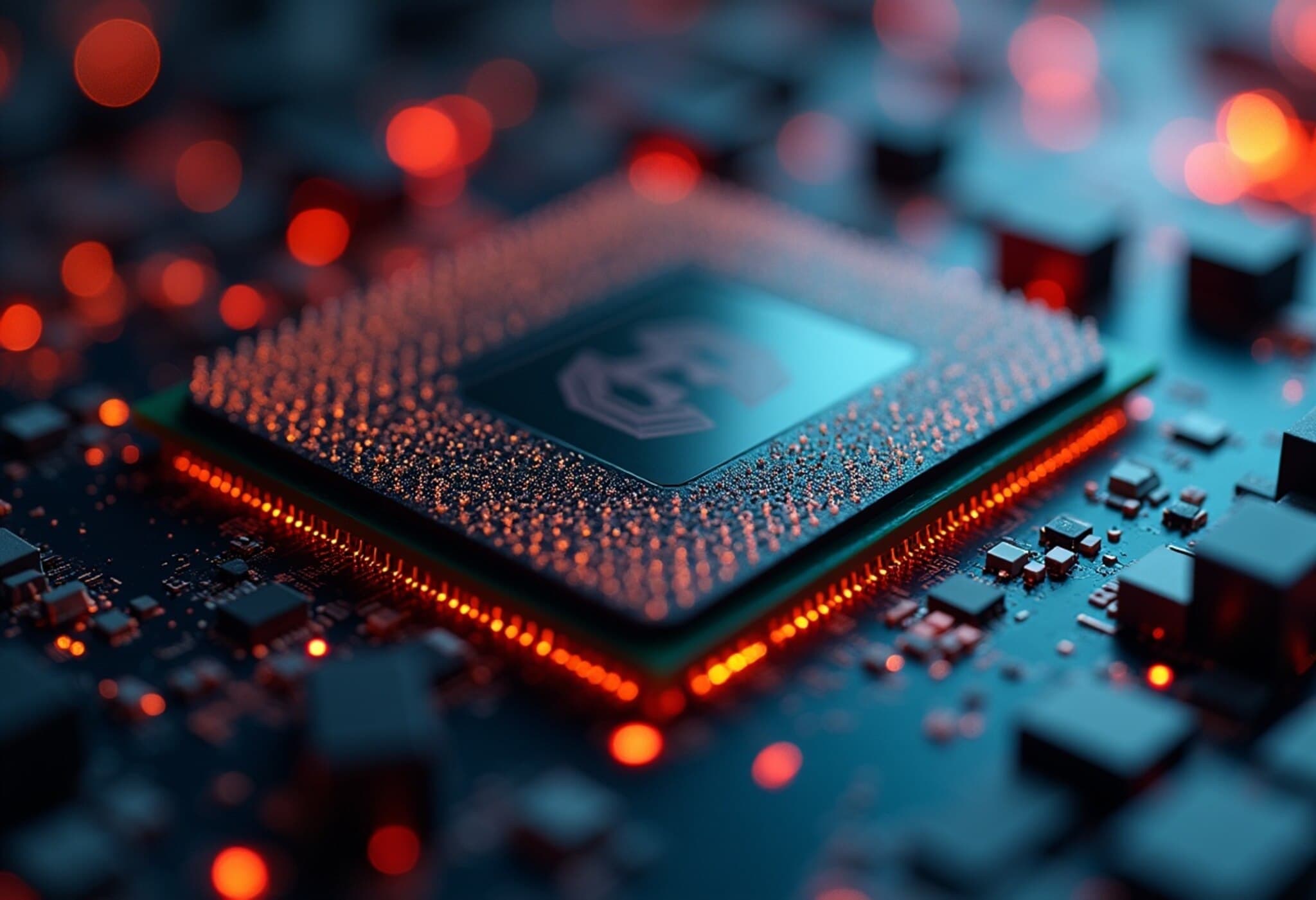Operation Sindoor: A Showcase of India’s Military Prowess and Indigenous Innovation
In a decisive moment that reshaped regional dynamics, Prime Minister Narendra Modi on Sunday hailed Operation Sindoor as a demonstration of India's technological strength and self-reliance in defense manufacturing. The operation, conducted in early May in response to a terror attack in Pahalgam on April 22 that claimed 26 lives, successfully neutralized terrorist threats deep inside Pakistani territory within mere hours, forcing Pakistan to the negotiating table.
Swift Military Action That Changed The Game
The 88 to 90-hour campaign left Pakistan’s defense systems debilitated, compelling the neighboring country to seek dialogue through its Director General of Military Operations (DGMO), according to Indian Air Force Chief Air Chief Marshal AP Singh. Modi framed this battlefield success as emblematic of a new India—powered by advanced technology and homegrown defense capabilities.
“Operation Sindoor has revealed the world’s new face of India — one equipped with cutting-edge military technology and a robust domestic defense sector,” the Prime Minister said during his first visit to Bengaluru post-operation. He also emphasized the critical role Bengaluru and Karnataka’s youth have played in this transformation.
Bangalore: The Nerve Center of India’s Defense Innovation
Much of the arsenal deployed hailed from Bengaluru — India’s technology and defense manufacturing hub. This includes SkyStriker suicide drones developed by private companies, Akash surface-to-air missiles from Bharat Electronics Limited (BEL), and a slew of other equipment from BEL, Hindustan Aeronautics Limited (HAL), and private sector defense firms.
In the realm of space-based defense, a blend of domestic assets and international commercial satellite imagery augmented battlefield intelligence. India’s Cartosat satellites, built with significant inputs from various ISRO centers headquartered in Bengaluru, were combined with imagery sourced from global firms such as Maxar, showcasing how private and public entities united to enhance situational awareness.
Prime Minister Modi lauded Bengaluru, describing it as “a city whose soul imbibes philosophical wisdom and whose actions reflect technological expertise,” positioning the city as a beacon of new India’s rise on the global stage.
More Than A Military Operation: Symbolizing India’s Strategic Shift
Beyond its immediate tactical success, Operation Sindoor signals a shift in India’s strategic posture and defense philosophy — emphasizing rapid, technology-driven strike capabilities powered by indigenous innovation. This evolution aligns with broader government goals under the Make-in-India initiative, which aims to reduce dependence on foreign technology and fortify India's defense autonomy.
Underlying Questions and the Road Ahead
- How will this military and technological edge reshape Indo-Pakistani relations long term?
- What role will private industry play in sustaining India’s defense modernization?
- Can the symbiosis between space technology and conventional defense create new paradigms in battlefield intelligence?
- What lessons can other emerging economies learn from India’s integration of youth talent and technology in defense?
As India steps onto the world stage with renewed military vigor and technological self-sufficiency, the success of Operation Sindoor presents a powerful narrative of a nation transitioning from reactive defense to proactive strategic influence.
Editor’s Note
Operation Sindoor exemplifies India’s multifaceted approach to national security — blending rapid military response, advanced technology, and indigenous manufacturing prowess. This event not only altered immediate geopolitical calculations but also underscores the vital importance of fostering innovation hubs like Bengaluru. Readers should watch this space closely for how these developments recalibrate defense strategies and regional diplomacy in South Asia.
Chethan Kumar, Senior Assistant Editor, brings decades of experience covering defense, policy, and space science, with a keen eye for the intersection of technology and geopolitics from India’s Silicon Valley.

